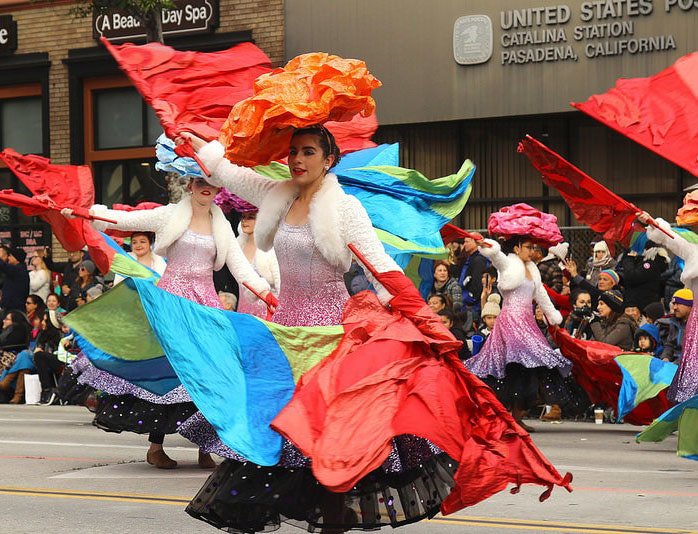What is it? And how could it affect a student’s education from kindergarten through college?
It arose in connection with health care services—“Services that are respectful and responsive to the cultural and linguistic needs of the patient”. Cultural competency is a skill! This month’s theme was chosen because we know language acquisition, family practice and cultural backgrounds affect how children learn at school.
“Administrators (and teachers) who are culturally competent know how to modify their actions, words, or body language to take into account another person’s cultural expectations.” (Hanley, 2007)
English Language Learners:
Culture, Equity and Language
Approximately 5.3 million public school students are English language learners. The National Education Association is leading the profession in preparing educators of English learners to meet the educational, cultural and linguistic needs of their students. Every year, experienced teachers, volunteer to lead (5 minutes)
How do you reach students who are culturally and racially different from you? This course provides thought-provoking background and practical suggestions for teachers seeking the answer to this question. (5 minutes)
We have culture?
Sometimes it’s hard to see your own culture! Do you agree with what’s being said about Canadians?
How could this information help someone new to Canada?
Visit: https://www.international.gc.ca/cil-cai/country_insights-apercus_pays/ci-ic_ca.aspx?lang=eng
Student Projects
Dual Language Book Project
The Family Treasures book project was a joint effort between the University of Calgary, Faculty of Education and the ECS team at Almadina Language Charter Academy. We wish to thank the school administration and the Board of Almadina for their support for our project.
http://www.duallanguageproject.com/
MulticulturalExperientialActivities
Includes Descriptions of Multicultural, Cross-cultural & Intercultural Games & Activities and links to other sites
http://wilderdom.com/games/MulticulturalExperientialActivities.html
Across Cultures
Through the lens of a camera, discover some of the National Film Board of Canada collection that documents the contribution made to Canada by different ethnocultural communities.
http://www3.nfb.ca/acrosscultures/index.php
The Peace Corps: Building Bridges Teaching Resource (for grade 6-12 teachers)
http://files.peacecorps.gov/wws/pdf/BuildingBridges.pdf
The lessons in this book will:
- Help students better understand their own culture and how it has shaped them.
- Help students begin to understand the perspectives of other cultures, leading to increased respect for those who are different from them—in the classroom and worldwide.
- Provide an increased awareness of the value and practicality of social service within and beyond the bounds of schools.
Resources for Teachers
Here Comes Everyone (ATA, 2010)
Educational practices that honour & reflect intercultural perspectives
Culturally Responsive and Relevant Teaching and Learning
This site from TK (Transitional Kindergarten California) includes a section called Culturally Responsive and Relevant Teaching and Learning with ideas for teachers and links to further research, information and strategies.
Cultural Adaptation
God Grew Tired of Us Trailer- National Geographic Documentary (Lost Boys of Sudan) (2:27)
Four boys from Sudan embark on a journey to America after years of wandering Sub-Saharan Africa in search of safety.
Funds of Knowledge
Funds of Knowledge are the essential cultural practices and bodies of knowledge that are embedded in the daily practices and routines of families. Learn how to gather and use the funds of knowledge for children and families in the classroom. This approach will help staff ensure culturally relevant programming. Other resources are available to explore at this website!
Watch as Luis Moll describes the concept of Funds of Knowledge:
Tap into Funds of Knowledge
Posted on 2 November 2015 by Kristen Lindahl
http://blog.tesol.org/tap-into-funds-of-knowledge/
Reading for Teachers
- “Engaging ELL Families” http://www.colorincolorado.org/sites/default/files/Engaging_ELL_Families_FINAL.pdf
- “Beyond the Tip of the Iceberg” Hanley, 2007 http://aacu.org/sites/default/files/files/hips/Beyondthetipoftheiceberg.pdf
- Educating Everybody's Children: Diverse Teaching Strategies for Diverse Learners, Revised and Expanded 2nd Edition: Chapter 2. “Diverse Teaching Strategies for Diverse Learners” Saravia-Shore This chapter describes a multitude of teaching strategies shown by research to be effective in educating diverse student learners. Diverse student learners include students from racially, ethnically, culturally, and linguistically diverse families and communities of lower socioeconomic status. If educators act on the knowledge research offers, we can realize the educational excellence we desire for all children. http://www.ascd.org/publications/books/107003/chapters/Diverse-Teaching-Strategies-for-Diverse-Learners.aspx
- “Cultures in Harmony” Elise Trumbull and Carrie Rothstein-Fisch Effective teachers make sure that their strategies are in tune with students' cultures. http://www.ascd.org/publications/educational-leadership/sept08/vol66/num01/Cultures-in-Harmony.aspx
And—if you like the “Cultures in Harmony” article, read the book: - Managing Diverse Classrooms: How to Build on Students’ Cultural Strengths (2008) Rothstein-Fisch & Trumbull How does the home culture of Latino immigrant students differ from the “mainstream” culture of U.S. schools? Why is it important for teachers to understand the differences? How can educators take advantage of students’ cultural traits to improve classroom management, student performance, and school-parent relations? Carrie Rothstein-Fisch and Elise Trumbull answer these and many other questions by drawing on the experience and collective wisdom of teachers in the Bridging Cultures Project, a five-year action research study of elementary classrooms with high percentages of immigrant students. The authors present a simple framework for understanding cultural differences, comparing the “individualistic” culture that prevails in American education with the “collectivistic” culture that characterizes most of the world’s population, including many of the Latino immigrant students in U.S. classrooms.

